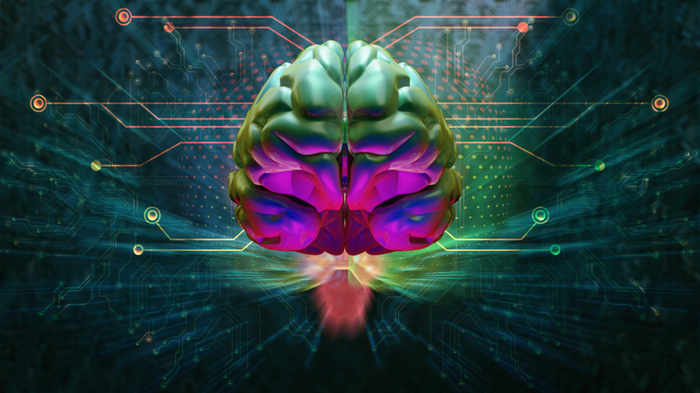In the video: MK Galit Distal Avital "There is no such thing as autism" (Photo: Knesset Channel)
Autism has been on the rise among children for years, and earlier this year, a new study in the journal Pediatrics that looked at more than 4,000 8-year-olds in the New York and New Jersey areas found that autism rates had tripled over the past 16 years.
In addition, the Centers for Disease Control and Prevention published its update on the estimated prevalence of autism among the country's children.
Their research is based on active surveillance at 11 US monitoring sites for 8-year-olds in 2020. The
new report shows an increase in prevalence with 1 in 36 children or over 2.7% of 8-year-olds diagnosed with an autism spectrum disorder in 2020, compared The prevalence was 1 in 44 children in 2018 and 1 in 150 children in 2000. The CDC says more research is needed to understand this variation, which could be related to differences in strategies used to identify and diagnose the condition.
The increase in the rate of diagnosis is also true in Israel where there is a ratio of 1:4 between the sexes to the detriment of boys.
In a family where there is already a diagnosed child, the chance that another child will be born with autism is 20 percent more than the chance in the general population.
Early intervention is critical
Autism, also known as autism spectrum disorder, is defined by the Centers for Disease Control and Prevention as a "developmental disability that can cause significant social, communication and behavioral challenges."
The "spectrum" means a wide range of symptoms and severity.
Autism can be reliably diagnosed in children as young as 18 months, but the average age of diagnosis has remained unchanged for decades over 4.
Children who are not white, women, and those from more remote areas or from disadvantaged socioeconomic backgrounds are often diagnosed later or not diagnosed at all.
However, research shows that early interventions, especially before age three, during a critical early neurodevelopmental period, can improve life outcomes for these children.
"A developmental disability that can cause significant social, communicative and behavioral challenges" (Photo: ShutterStock)
What caused the increase?
In recent years, good progress has been made in early detection of autism—an earlier CDC report found that children born in 2014 were 50% more likely to receive an autism or special education diagnosis by age 4 than those born in 2010.
The founder and CEO of Springtide Child Development, Jia Jia Ya, believes that part of the current increase is due to better screening tools. "It is common for children to be screened for autism, and the tools have improved," said Ya. "Additionally, today there is increased awareness and reduced stigma .
People are more aware of autism.. and there is less fear and stigma around it.
Although it is still challenging, there is much more acceptance."
health
parenthood
child's health
Tags
autism


/cloudfront-eu-central-1.images.arcpublishing.com/prisa/K6S6W4EXJ5BQTOJZKVLQCIZDQY.jpg)







/cloudfront-eu-central-1.images.arcpublishing.com/prisa/Z45E6KV7VJGUXAKJWH7VA4NJSE.jpg)




